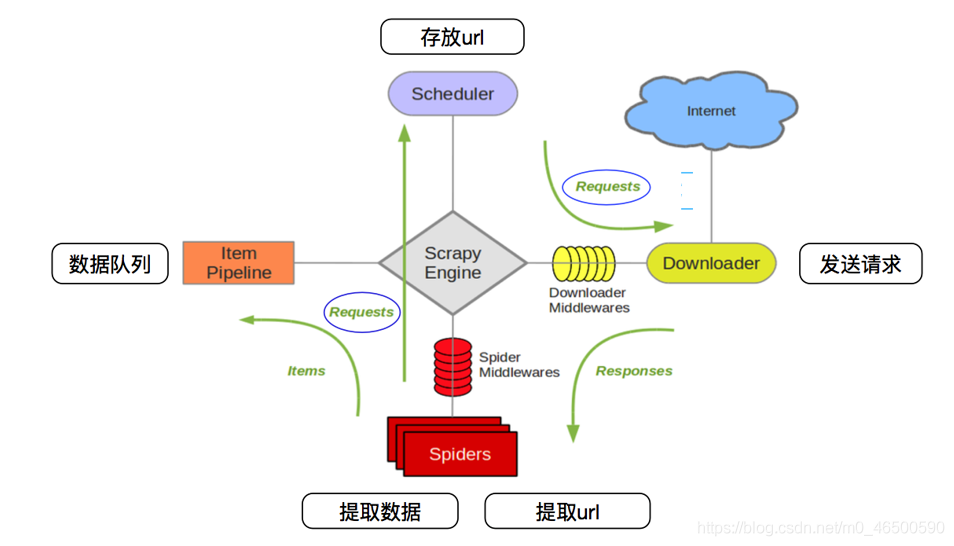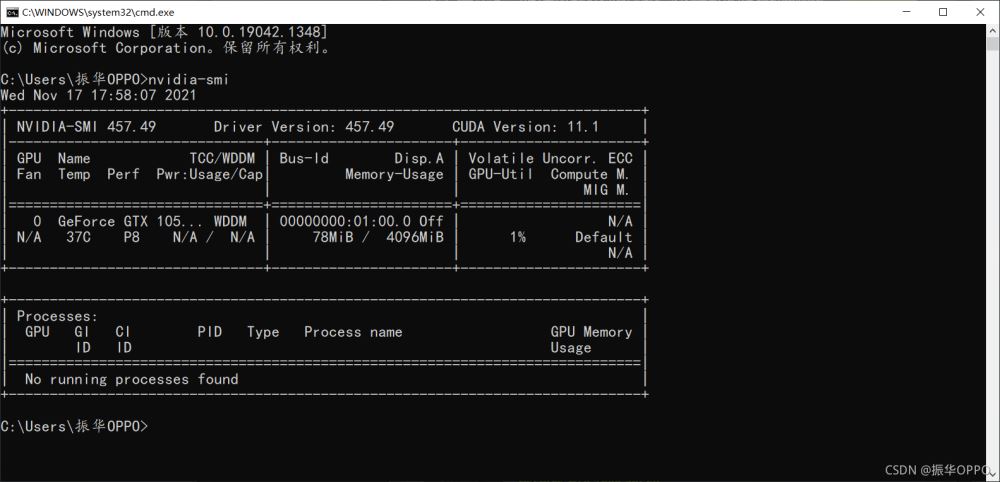让人生与事业结伴,让生命与使命同行。你要按你所想的去生活,否则,你迟早会按你所生活的去想。
使用Python内置函数:bin()、oct()、int()、hex()可实现进制转换。 先看Python官方文档中对这几个内置函数的描述:
bin(x)
Convert an integer number to a binary string. The result is a valid Python expression. If x is not a Python int object, it has to define an __index__() method that returns an integer.
oct(x)
Convert an integer number to an octal string. The result is a valid Python expression. If x is not a Python int object, it has to define an __index__() method that returns an integer.
int([number | string[, base]])
Convert a number or string to an integer. If no arguments are given, return 0. If a number is given, return number.__int__(). Conversion of floating point numbers to integers truncates towards zero. A string must be a base-radix integer literal optionally preceded by ‘+' or ‘-‘ (with no space in between) and optionally surrounded by whitespace. A base-n literal consists of the digits 0 to n-1, with ‘a' to ‘z' (or ‘A' to ‘Z') having values 10 to 35. The default base is 10. The allowed values are 0 and 2-36. Base-2, -8, and -16 literals can be optionally prefixed with 0b/0B, 0o/0O, or 0x/0X, as with integer literals in code. Base 0 means to interpret exactly as a code literal, so that the actual base is 2, 8, 10, or 16, and so that int('010', 0) is not legal, while int('010') is, as well as int('010', 8).
hex(x)
Convert an integer number to a hexadecimal string. The result is a valid Python expression. If x is not a Python int object, it has to define an __index__() method that returns an integer.
| ↓ | 2进制 | 8进制 | 10进制 | 16进制 |
| 2进制 | - | bin(int(x, 8)) | bin(int(x, 10)) | bin(int(x, 16)) |
| 8进制 | oct(int(x, 2)) | - | oct(int(x, 10)) | oct(int(x, 16)) |
| 10进制 | int(x, 2) | int(x, 8) | - | int(x, 16) |
| 16进制 | hex(int(x, 2)) | hex(int(x, 8)) | hex(int(x, 10)) | - |
bin()、oct()、hex()的返回值均为字符串,且分别带有0b、0o、0x前缀。
以上就是Python内置函数bin() oct()等实现进制转换。在长的路,一步步也能走完,在短的路,不迈开双脚也无法到达。更多关于Python内置函数bin() oct()等实现进制转换请关注haodaima.com其它相关文章!





